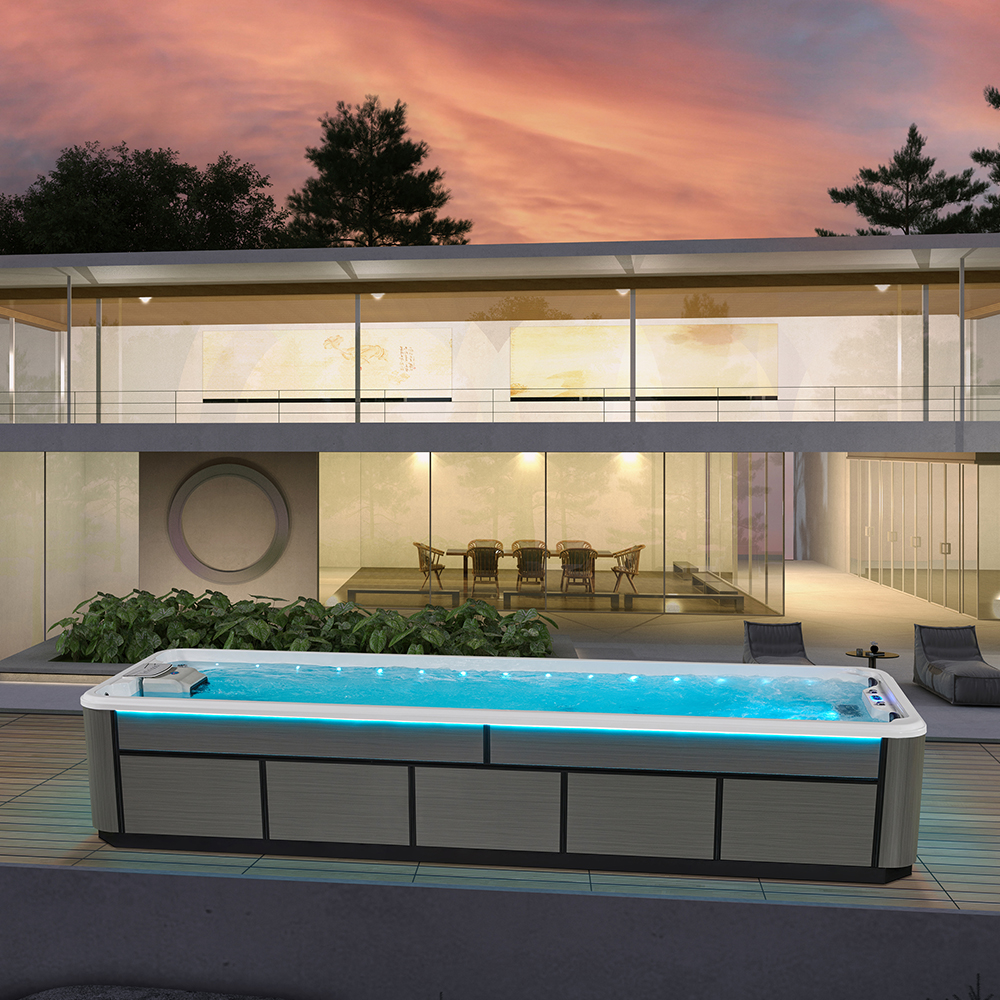Why Level Ground Is Essential for Installing Hot Tubs, Swimming Pools, and Cold Plunges
When installing a hot tub, swimming pool, or cold plunge, ensuring the ground is perfectly level is crucial. Placing these heavy structures directly on grass or uneven terrain can lead to significant issues, compromising safety, functionality, and longevity.
Structural Integrity and Safety
A filled hot tub can weigh over 6,600 pounds (3,000 kg), and swimming pools can be even heavier. Uneven ground causes uneven weight distribution, leading to stress on the structure. This imbalance can result in cracks, fractures, or even collapse, posing safety risks to users and potential damage to property.
Water Level and Equipment Functionality
An unlevel base leads to uneven water levels, which can affect the performance of filtration systems, skimmers, and heaters. For instance, if the water doesn’t cover the skimmer adequately, it won’t function properly, leading to poor water quality and increased maintenance.
Drainage and Maintenance Challenges
Proper drainage is essential to prevent water pooling around the structure, which can cause erosion or damage. Uneven surfaces hinder effective drainage, leading to water accumulation that can damage the base and surrounding areas.
Aesthetic Considerations
Beyond functionality, an unlevel installation is visually unappealing. A tilted hot tub or pool disrupts the aesthetic harmony of your outdoor space and may affect property value.
Conclusion
Installing hot tubs, swimming pools, or cold plunges requires a solid, level foundation to ensure safety, optimal performance, and longevity. Avoid placing these structures directly on grass or uneven ground. Instead, prepare a level base using concrete, pavers, or compacted gravel to provide the necessary support and stability.
